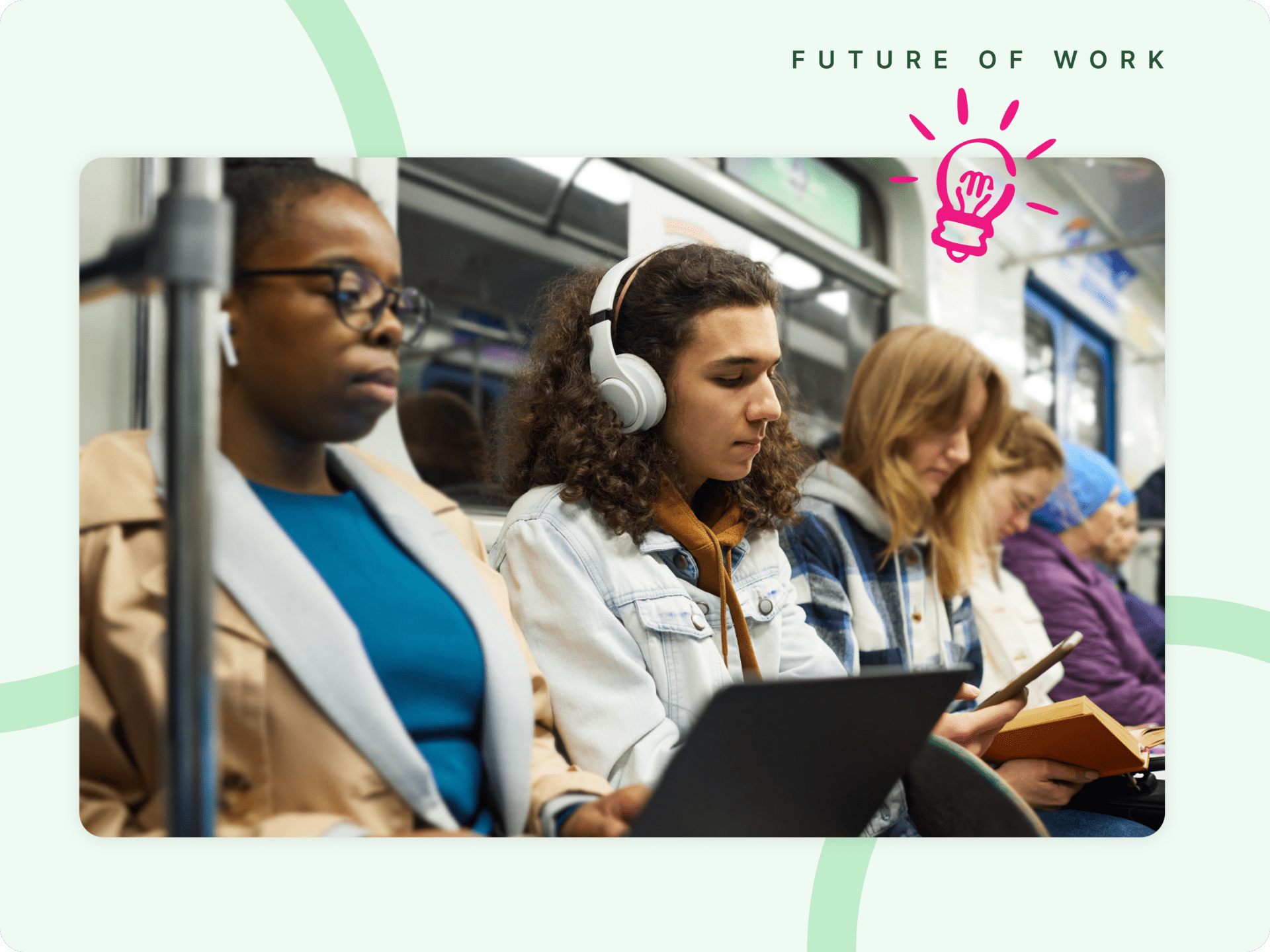The Human-Centric Workplace
Before we discuss what a human-centric workplace is, we must define what it is to be human. From poets, philosophers, anthropologists, religious bodies, scientists, politicians, and artists. Despite the efforts, the answers are diverse and inconclusive, because believing in a single answer would create silos between the brain, emotion, the body and so forth; we must consider the many angles that make up the whole human.
What does it mean to be a human at work?
Aristotle claimed that to be human meant having a goal, a purpose, to belong, to live a happy life. Karl Marx believed that humans are social creatures and can therefore only develop with a society. Anthropologist, Clifford Geertz, refers to human nature as unfinished because we require culture to complete us, and therefore it is through the interactions between individuals and their settings, between the natural and social worlds, the symbols and structures determine what it means to be human.
In the early days of our 300,000-year human evolution, work was simple: we worked to eat and avoid being eaten. Meaning and purpose came from elsewhere, whether it be spirituality, art, religion or science. As humankind has evolved, our identities, such as parent, friend, nationality, religious beliefs, hobbies, and our careers have become intertwined.
Work is no longer about survival; work has become an extension of our identity. Social connectedness, culture, belonging, purpose, the ability to think – these are not things that simply stop when somebody is working. Neither does our lifestyle, our responsibilities, worries, fears or anxieties. Yet somehow, we have been hooked into believing that when at work, we must dimmish such humanity and appear robotic.
People are not just cogs in your organization’s machine, merely existing to drive your organization’s financial success. People do not want to be managed, controlled, and worn down. The employee experience has evolved and continues to do so.
Despite the initial panic following the mass exodus out of the workplace, thanks to the hard work of the workplace ninjas, technology, conscious leadership and a ton of resilience, the world is functioning; the impossible became workable. Hybrid working is the talk of the town, not many would argue against work not being somewhere we go but what we do and why we do it.
There is still space in your employee experience for the physical workplace, and its important space that needs to be used to drive connectedness, collaboration and belonging. We have been presented with a once-in-a-lifetime opportunity to reimagine work and the workplace.
Understanding the ‘why’ of your workplace
Let’s drop all the labels, the core at all of this is flexible working practices, agile mindsets, ABW environments utilising smart technology. This isn’t about a free for all or looking at what your competitors do….or what’s being said on LinkedIn. We must understand the why of your workplace – what role does the physical workplace play in enabling the organizational purpose and for people to thrive?
We must capture granular-level detail to really understand the why of the workplace and the why and how of our people, before prescribing the where. A place where people thrive is a place where people know and connect with the purpose, are enabled to treated like human. The Human-Centric Workplace is about highlighting that we can do better, and we must do better.
Keen to find out how to build a better working experience for your people? Join the discussion with Simone in the upcoming webinar!




